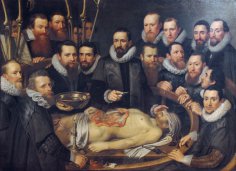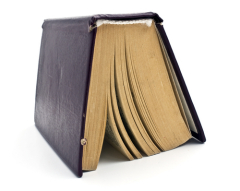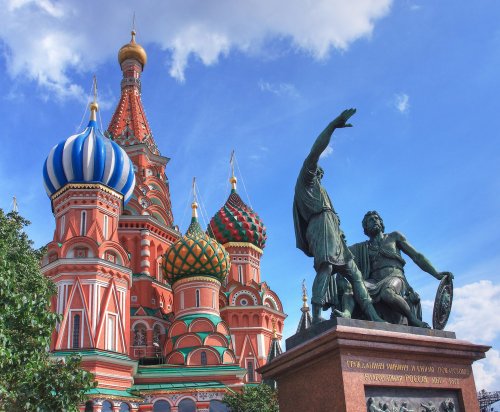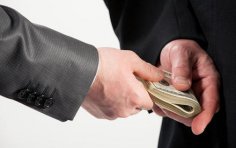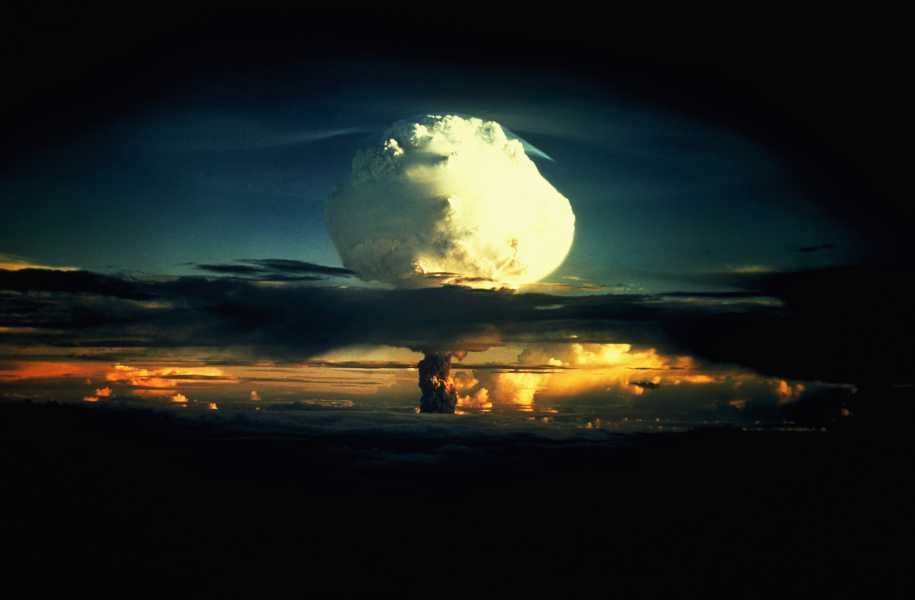
Nuclear bombs have been tested since 1945. (Image credit: Getty Images)
On July 16, 1945, the United States conducted the world's first nuclear bomb test in the New Mexico desert as part of the Manhattan Project, leading to the atomic explosions in Hiroshima and Nagasaki just weeks later. Since then, at least seven other countries have also tested their own nuclear arsenals, causing global radiation emissions.
But how many nuclear bombs were actually detonated?
While the exact number remains unknown, researchers estimate that at least 2,056 nuclear weapons tests have been conducted. According to the Arms Control Association, the United States has conducted 1,030 nuclear tests and used two in military conflicts; the Soviet Union/Russia has conducted 715, France 210, the United Kingdom and China 45 each, North Korea six, India three, and Pakistan two. (A suspected additional test, known as the Vela incident, would bring the total to 2,057.)
Although nuclear testing has not been carried out on a regular basis since the 1990s, its consequences have had significant political, environmental and health impacts that are still felt today. The international community now condemns such actions. However, for almost 20 years, from 1945 to 1963, nuclear testing was common practice for many countries aspiring to world power status.
Nuclear testing increased dramatically during the Cold War between the US and the USSR after World War II. According to the Arms Control Association, 1962 was a record year for the number of tests conducted in a single year, with 178 nuclear tests, 97% of which were conducted by the US and the USSR. The UK also conducted two tests, and France one.
However, 1962 also marked a significant moment in nuclear tensions. That same year, the Cuban Missile Crisis marked the culmination of the nuclear conflict between the United States and the Soviet Union. Around the world, people began protesting the nuclear arms race, and the public began to understand the health impacts of testing.
A landmark 1961 study published in the journal Science analyzed the baby teeth of children in St. Louis for strontium-90, a cancer-causing radioactive isotope produced by nuclear blasts and easily absorbed by children. The study found that strontium-90 levels in children’s baby teeth were 50 percent higher in the 1960s than in the 1950s, despite St. Louis being hundreds of miles farther from the Nevada blast sites.
The study raised significant public concern about the tests and contributed to the United States signing the Limited Test Ban Treaty in 1963, Tilman Ruff, former co-chairman of International Physicians for the Prevention of Nuclear War, told Live Science.
Less than a year later, in 1963, the Partial Test Ban Treaty was presented to the United Nations and unanimously adopted. The treaty banned nuclear testing in the atmosphere, space, and underwater, which were far more harmful than underground testing.
“By 1963, nearly two decades of bomb testing had contaminated the air, land, and water with hundreds of radioisotopes,” Robert Alvarez, an expert with the Bulletin of the Atomic Scientists, wrote in an email to Live Science.
The world has witnessed the devastating effects of botched nuclear tests. During the Castle Bravo test in 1954, adverse weather conditions and unexpectedly high levels of radiation exposed local Marshall Islanders to near-fatal doses of radiation, the highest levels seen in a single nuclear test, according to an article published in the journal International Review of the Red Cross. “Rongelap Atoll on
Sourse: www.livescience.com


